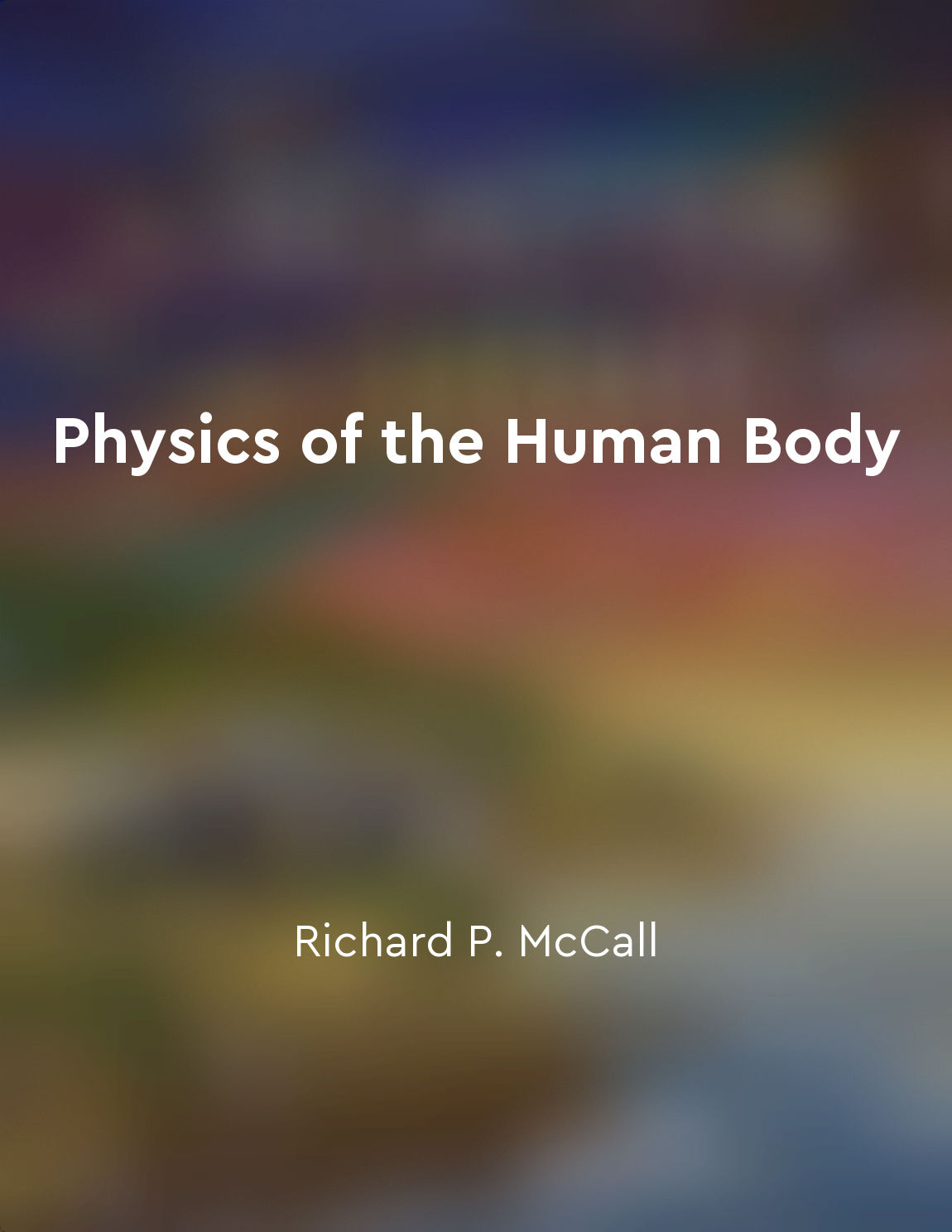Tibia and fibula provide stability and articulation from "summary" of Bd Chaurasia's Human Anatomy, Volumes 3 & 4 by B. D. Chaurasia
The tibia and fibula, the two bones of the lower leg, play a crucial role in providing stability and allowing for articulation in the leg. These bones work together to support the weight of the body and facilitate movement. The tibia, also known as the shinbone, is the larger and stronger of the two bones. It is located on the medial side of the leg and bears the majority of the body's weight. On the other hand, the fibula is the slender bone located on the lateral side of the leg. The tibia and fibula are connected by strong ligaments that help to maintain their relationship and provide stability to the lower leg. These ligaments include the interosseous membrane, which spans the space between the two bones and helps to distribute forces evenly between them. Additionally, the tibia and fibula are held together by the superior tibiofibular joint and the inferior tibiofibular joint. These joints allow for slight movement between the two bones while still maintaining stability. In terms of articulation, the tibia and fibula form important connections with other bones in the leg. The tibia articulates with the femur at the knee joint, forming the primary weight-bearing joint of the lower limb. This articulation allows for flexion and extension of the leg. The fibula, while not directly involved in weight-bearing, articulates with the tibia at the superior tibiofibular joint and the inferior tibiofibular joint. These articulations allow for slight movement and flexibility in the lower leg.- The tibia and fibula work together to provide stability and articulation in the lower leg. Their strong ligamentous connections and articulations with other bones allow for smooth movement and weight-bearing in the leg. Understanding the role of these bones is essential for comprehending the biomechanics of the lower limb.
Similar Posts
Reading body language accurately requires observation and practice
To accurately read body language, one must develop the skills of observation and practice. Observing how people use their bodie...
Different body types require specific modifications
Understanding the diverse range of bodies that come to a yoga class is crucial for any teacher or practitioner. Each individual...

Limit exposure to environmental toxins
Toxins are everywhere in our environment, lurking in the air we breathe, the water we drink, and the food we eat. These toxins ...

Gluteal muscles abduct and rotate the hip
The gluteal muscles play a crucial role in the movement of the hip joint. Among their various functions, these muscles are resp...

Work and power are essential in human performance
Work and power play a crucial role in the functioning of the human body. When we talk about work in the context of physics, we ...

Overview of skeletal system
The skeletal system serves as the framework of the human body, providing structure, support, and protection to various internal...

Muscles of upper limbs
The upper limbs of the human body contain various muscles that are responsible for movement and stability. These muscles can be...

